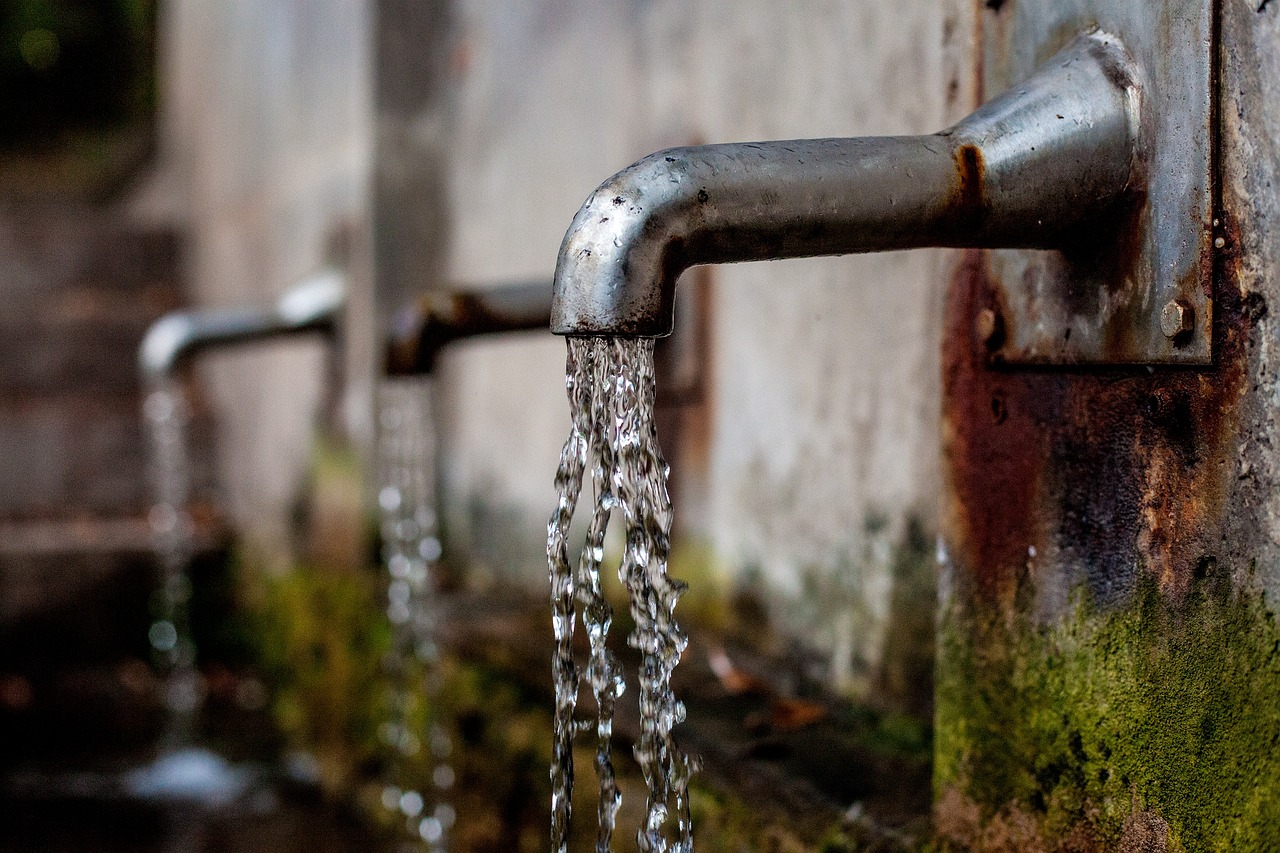More than half of the world’s population lacks access to safe drinking water. In a new study, researchers estimate the number of people without an adequate supply of drinking water at 4.4 billion, twice as high as previous estimates.
“Access to clean drinking water is a human right,” emphasizes Esther Greenwood, first author of the study from the Swiss Federal Institute of Aquatic Science and Technology (Eawag). Compared to the figures just published in the journal “Science,” previous calculations appear to have significantly underestimated the problem: A 2020 estimate by the Joint Monitoring Program (JMP) of the World Health Organization (WHO) and the United Nations Children’s Fund (UNICEF) was only half as high. They assumed that around two billion people worldwide had no safe drinking water supply. According to Greenwood, the previous underestimation is due to a lack of data. “Our figure could also still be underestimated,” says the researcher.
To make a meaningful estimate despite the lack of data, the researchers used artificial intelligence (AI). They trained a computer model using machine learning with existing data sets from household surveys from 27 countries and data from earth observations. This model was then applied to those locations for which there is no corresponding data. The researchers estimated the number of people without a safe drinking water supply in 135 countries.
Contamination in particular
According to Greenwood, this approach is new in this field. High-income countries were not included in the study because they were not represented in the training dataset. However, as the researchers wrote in the study, it is likely that some population groups in high-income countries also have insufficient access to safe drinking water.
Only one in three people in the 135 countries surveyed had access to safe drinking water. In most cases, according to the study, this was due to a lack of cleanliness: the drinking water of almost half of the surveyed countries was contaminated with feces. Other supply points are considered unsafe because they are not located in the house or on the property or because they do not provide sufficient water.
“Our study shows that we are far from achieving the goal of a safe drinking water supply for all people,” said Greenwood. Rural areas of low-income countries with high temperatures and strong seasonal fluctuations in rainfall are particularly affected. In several sub-Saharan African countries, less than ten percent of the population has access to clean drinking water.
- source: science.ORF.at/Agencies/picture: pixabay.com
This post has already been read 18670 times!



